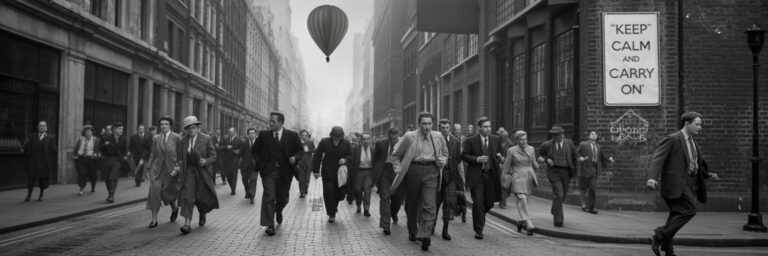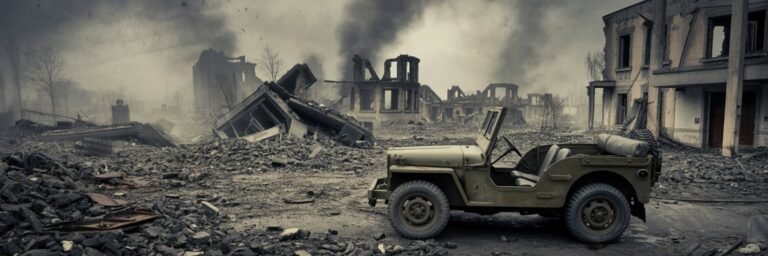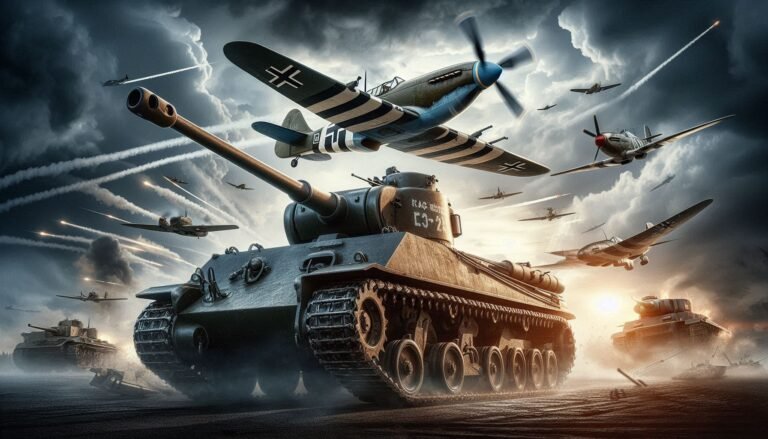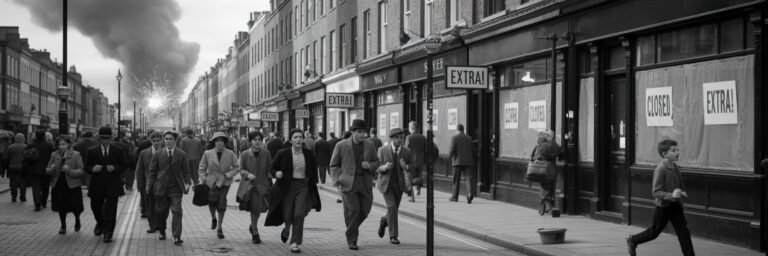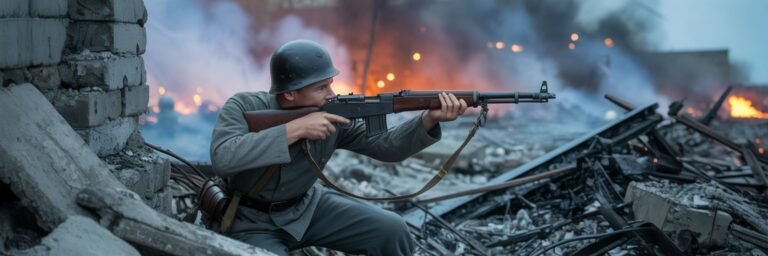INTRODUCTION
The crucible of World War II was a transformative time for the world order, fuelling many cultural, political, and religious upheavals. At the heart of this maelstrom was the role that religion, and its accompanying rituals, played in fortifying societal, military, and individual resolve. Riddled with symbolism and entrenched in historical significance, the interplay between faith and conflict shaped the motivations and responses of nations and individuals alike. The study of these religious practices leads us through a labyrinth of ethics, wartime politics, and spiritual resilience, providing insight into the raw human condition amidst overwhelming adversity.
HISTORICAL BACKGROUND
World War II, spanning from 1939 to 1945, was shaped by and in turn, redefined religious landscapes across the globe. Adolf Hitler’s Nazi propaganda vilified Judaism, culminating in the unprecedented horrors of the Holocaust. Concurrently, Christianity was conscripted to sanctify the war efforts of countries like Britain, the United States and Germany. In the East, Shinto beliefs were intertwined with Japanese nationalism, empowering Kamikaze pilots to carry out suicide missions. From Islamic scriptures motivating fighters in Middle Eastern battlegrounds to Hindu soldiers in the British Indian Army calling upon their deities, religion’s pervasive influence was inescapable.
THEORIES AND INTERPRETATIONS
Scholars have analyzed the omnipresent role of religion in World War II through various lenses. Some propose an ‘instrumentalization’ theory, where religion was manipulated to excuse the war’s atrocities, used as a tool of propaganda to coax compliance. Such is evidenced in Hitler’s contortion of Christian symbols to serve Aryan supremacy narratives. Parallelly, Emperor Hirohito’s divine status as a Shinto God was used to nourish Japanese militarism.
On a more individual scale, practitioners of ‘lived religion’ theory highlight the comfort and personal resilience offered by faith to ordinary citizens and soldiers alike. In POW camps, stories of impromptu prayer sessions, creation of religious artifacts, and instances of mass, show how individuals clung to faith for strength amid profound uncertainty.
MYSTERIES AND CONTROVERSIES
The war was not devoid of controversies surrounding religious practices and institutions. The Roman Catholic Church’s alleged Nazi collaboration under Pope Pius XII has been a contentious debate. Critics declare his silence during the Holocaust as implicit approval, while supporters argue he worked covertly to protect Jews. The German Protestant Church’s schism into Confessing Church and the German Christians, who supported the Nazi regime, is another disputed area.
Conflicts between religious ethics and practical necessities of war sparked dilemmas for soldiers with deep spiritual principles. The controversy of ‘Just War’ theory unsheathed the quagmire of morality faced by religious servicemen.
SYMBOLISM AND CULTURAL SIGNIFICANCE
Religious symbolism was paramount amid chaos. The Iron Cross, an emblem of valour, adopted by Nazi Germany, was ironically rooted in Christian iconography. Conversely, Yellow Stars became the dreaded symbol of Jewish persecution. In the Pacific Theater, the divine winds, or ‘Kamikaze’, were seen as divine protectors of Japan, shaping the cultural significance of martyrdom.
Rituals too held potent meaning. Christmas Truces, despite unofficial, lived on from WWI, symbolizing temporary respite from violence. POWs, crafting makeshift rosaries or whispering quiet prayers, found solace in exercising their faith covertly.
MODERN INVESTIGATIONS
Scholarly excavations into the religious aspects of World War II continue to unravel new perspectives. Investigating the contradicting narratives surrounding the Catholic Church’s role during the Holocaust, some historians suggest Pope Pius XII wielded diplomacy to silently protect Jews. Other researchers explore insider accounts of Japanese soldiers’ personal interpretations of State Shintoism.
The uncovering of forgotten religious narratives, such as the remarkable faith of Polish religious stalwart Maximilian Kolbe who offered his life to save another prisoner in Auschwitz, add texture to the religious canvas of the war.
LEGACY AND CONCLUSION
The religiosity ingrained in World War II left profound impacts, forcing humanity into a reckoning with its darkest abyss and loftiest ideals. It questioned the role of institutions in enforcing or combating hate, examined the ethics of war, and bore witness to the human spirit’s resilience and essence.
From this conflict emerged significant changes. The State of Israel was born out of the Holocaust’s ashes. The Vatican II assembly sought to address the Catholic Church’s controversies during the war, and religious freedom emerged as a cornerstone of democratic societies.
In closing, the study of religion and rituals in World War II offers deep insights into the human capacity for manipulation and resilience, heroism and cowardice, conviction and ambiguity. It is a fascinating exploration of how faith, manipulated for destructive ends, still remained a source of incredible strength and solace for numerous individuals. It invites us to consider the compelling paradoxes that characterize our shared human history.

